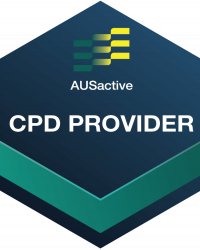Reformer Repertoire
Short Box Series:
Flat Back
Alternate Names
Flat, Hinge
Derived From
Classical Reformer: Short Box Series: Flat Back
Primary Element
Strength
Why for Primary?
To strengthen and develop control in the abdominal muscles transversus abdominis to create pelvis and torso stability as well as build strength in the deep core muscles.
Secondary Element
Stability
Why for Secondary?
To strengthen and develop control in the abdominal muscles transversus abdominis to create pelvis and torso stability.
Tertiary Element
N/A
Why Tertiary?
N/A
Repetitions
8-10
Apparatus Setup
All springs hooked on ensuring no movement of the carriage.
Suggested springs
- Number system: All springs
- Colour system: All springs
- Resistance: heavy in order that the carriage does not move
Foot bar at the lowest position or horizontal position. If a foot strap is available ensure it is secure and accessible to use (usually in the gap between the foot bar and the end of the Reformer frame.
Pilates box in the ‘short box’ position with the long edge against the shoulder blocks – strap facing towards the head rest.
Plane of Motion
Sagittal
Targeted Muscles
The deep core abdominal muscles transversus abdominis to create pelvis and torso stability and build strength.
Warnings
This exercise may be unsuitable for clients where abdominal engagement is contraindicated.
Execution
Sitting on the front edge of the short box facing the foot bar with the feet flexed underneath the foot strap and legs wide to ensure tension on the foot strap. Interlace the fingers behind the head, elbows wide (note the video depicts a genie arm position) and sitting tall from the ischial tuberosities (sit bones) creating a capital ‘I’ shape with the spine (be careful not to overextend the spine).
Exhale to engage the transversus abdominis, then inhale to lean or hinge back from the sitting bones – maintaining a straight spine, exhale to return to the starting position sitting tall from the sitting bones at the top.
Observations
Do a body scan of the client taking note of the following points
- Pelvis
- Are the hip bones even horizontally or is the client leaning to one side?
- Is the client sitting on their ischial tuberosities (sit bones) and keeping their spine straight (rib cage down at the front, avoiding any over extension?)
- Legs
- Are the quadriceps engaged and assisting with the lift up and against the foot strap?
- Feet
- Are the feet flexed against the foot strap with the heels pressing into the foot plate?
Learning Style Technique Cues
Auditory – word associations that connect mind and body
- Engage the transverse abdominis before moving, anchoring the sitting bones down
- Say the client’s name when you’re about to interact with them
- Bias the pelvis towards a slight posterior tilt in order that you can achieve neutral whilst moving and avoid extending the spine
Visual
- Imagine your spine and the back of your head are against a ruler or pole, and the ruler or pole is leaning back from the sitting bones – moving the spine with it
- You may demonstrate a part of the movement as a visual representation for the client to see
Kinaesthetic
- Lean back until it’s difficult to control, or until you can feel the abdominals shaking or it’s almost a challenge to lift back up
Modifications and Variations
Regress the exercise by
- Placing the hands onto the opposite shoulders or onto the rib cage to feel the movement
- Reducing the repetitions and/or pace
- Working on Short Box Series: Round Back
- Starting with a mobility focus and working on Short Box Series: Side to Side
Progress the exercise by
- Increasing the repetitions and/or pace
- Increasing the range of motion
- Sitting on a less stable surface, for example, a foam roller, to create instability
- Reach the arms above the shoulders or overhead to create a longer lever to control the abdominals. Add a Magic Circle or prop to hold onto for assistance with keeping the arms in the same place throughout, or add on presses into the Magic Circle whilst holding the reclined flat back position
- Progress into Short Box Series: Twist
Series and Transitions
This exercise is part of the Short Box series which includes a range of other exercises in the fundamental and progressive repertoire. The Short Box series can also be found in the Barrel repertoire.
Transition to Short Box Series: Round Back by lifting the torso back to a tall seated position and maintaining the tension on the foot strap.
The traditional order of the Short Box series is
- Round Back
- Flat Back
- Tilt
- Twist
- Climb-A-Tree
Inspired Academy follows the order to create mobility before building strength
Fundamental repertoire
- Tilt
- Round Back
- Flat Back
Progressive repertoire
- Twist
- Gone Fishing (a Twist variation)
Climb-A-Tree is in the intermediate repertoire and not included in this course.

